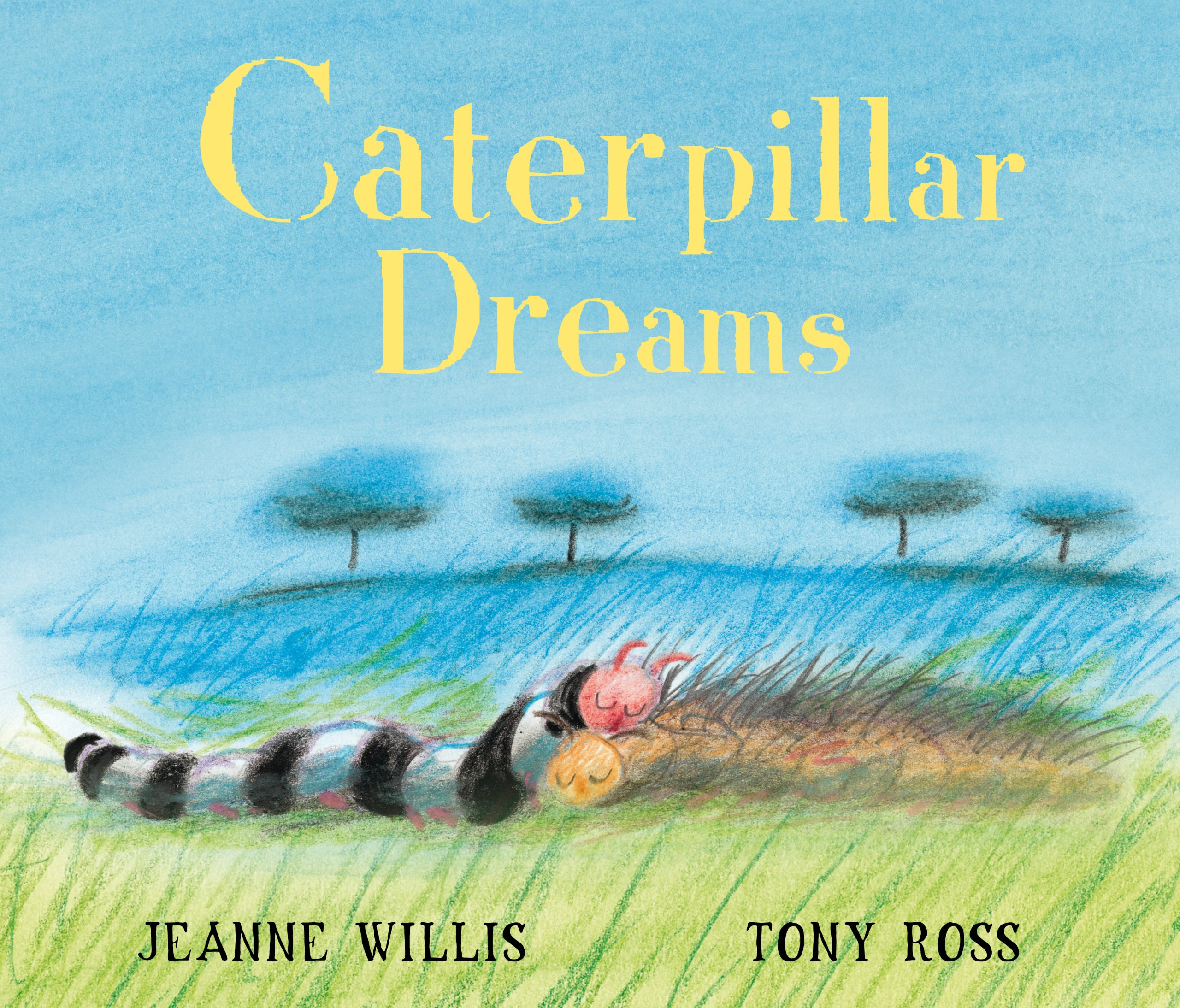The Child Accident Prevention Trust offers the following advice relating to falls
How many children are injured in falls?
- Every day, 45 children under five are admitted to hospital following a serious fall. Stumbles are to be expected, but more serious falls which lead to head injuries can have a lifelong impact.
- Falls are one of the most common causes of childhood accidents.
- Falls are also a serious risk for older children. Each year, around 27,000 children aged 5-14 are admitted to hospital after a fall.
How can falls be prevented?
One of the most common reasons that young children fall is that their rapid development takes parents and carers by surprise. A toddler might take his parents by surprise when he climbs on something that he had previously been unable to reach – how many times have you heard someone say “I didn’t know he could do that”? It’s important to guide parents through the different risks that are presented at each stage of a child’s development.
What do we mean by a serious fall?
When we talk about falls, we’re not talking about the stumbles and trips that young children experience on a daily basis. In our opinion, they’re not preventable accidents. Well, not preventable in a way that’s conducive to bringing up a healthy, happy, well-rounded child!
We’re talking about serious falls: a toddler falling from an open window; a new-born infant falling head-first from a bed; a crawling baby falling down a flight of stairs.
Because they can result in head injuries, serious falls are one of the most traumatic and devastating accidents a baby or child can have. In a worst case scenario, a child can suffer from learning disabilities and personality changes. The consequences can last for a lifetime and affect the whole family.
Windows and balconies
After that seemingly never-ending winter, it feels great to open windows and balcony doors and let the fresh air in.
But toddlers and young children can and, too often, do fall out of windows or from balconies and suffer serious injuries. In fact, one child under five is admitted to hospital every day after falling from a building.
As soon as they’ve learnt to walk, toddlers will start to climb and explore – it’s a key part of their physical development. They are getting stronger and more agile, starting to learn about the world and become inquisitive, which is great! However, it won’t come as any surprise to hear that most falls happen because parents are unaware of their child’s newly-acquired abilities.
Obviously, you can’t supervise them 100% of the time, but with a few simple adjustments to the home, serious falls from windows are easily preventable:
- Fit safety catches, locks or window restrictors to windows.
- Keep keys to window locks in a place where you can easily find them, in case you need to escape from a fire.
- Keep furniture like beds and sofas away from windows to prevent children from climbing and reaching windows.
- Make sure there’s nothing else near a window – like a toy box – that young children can use as a step.
And, if parents of young children live in homes with balconies, remind them to keep young children away from balconies unless they are supervised and to keep balcony doors locked when not in use.
Babies – they’re not mobile yet so no worries, right? Wrong.
Cases where babies fall from a bed or changing table and sustain head injuries are not uncommon, even though they’re only a couple of feet off the ground.
Even very young babies can wriggle and the soft spot in their skull – the fontanelle – means they’re at greater risk of a serious head injury if they fall. This soft spot closes at different times, but generally takes a couple of months to fully close and protect the baby’s brain. So we advise parents and carers to:
- Change their baby’s nappy on the floor – it’s the safest place.
- Keep bouncing chairs and car seats on the floor. Don’t be tempted to put them on a table or work surface, as the seat can move when the baby wriggles.
- Never leave their baby unattended on a bed or a changing table.
Crawling babies, toddlers and the challenge of the stairs
Crawling and walking – two key milestones in a baby’s development. Once they start moving, they are unsteady and all children will experience bumps and stumbles. Minor injuries are to be expected!
What’s important is helping parents and carers to recognise what can pose a serious threat to their baby or toddler’s safety. And falls down stairs are one of the most common serious accidents to befall crawling babies and toddlers. Over 40 under fives a week are admitted to hospital after falling down stairs.
Crawlers and toddlers have a natural instinct to explore as far as they can – and the stairs present a wonderful challenge! – but they have no concept of danger. They may start to climb the stairs and fall back or crawl to the top of the stairs and fall down.
A physical barrier is essential to keep them out of danger. So we advise parents and carers to:
- Use a safety gate to stop babies and toddlers climbing stairs or falling down them.
Falls from highchairs
A fall from a highchair can also cause serious head injury – often the highchair is in the kitchen, on a hard floor.
Children make rapid breakthroughs in their development and accidents can happen in a split second. It’s very easy for parents to be caught by surprise when a child first pushes themselves up out of a highchair.
So the message to parents is build safety into everyday routines – and this includes the following advice:
- Get into the habit of strapping your child into their highchair every time.
Falls from bikes
The chance of a child suffering a serious head injury is much lower if they are wearing a cycle helmet when they come off a bike. So CAPT’s advice is clear: that children wear a properly-fitted helmet at all times when they’re on their own bike, in a seat on an adult bike, on a tag-a-long or in a trailer, regardless of whether they’re on the road or a trail, or in a park.
We also advise that parents and carers wear cycle helmets to set a good example, and to help get their child into the habit of wearing one.
Falls from trampolines
When summer approaches, remember to stay safe on trampolines.
Only one person should be on the trampoline at any one time. Most accidents happen when two or more people are on a trampoline, one ‘bounces’ another off and generally, it is the lighter person (such as a young child) who will be injured as a result. Many trampoline accidents are the result of tipsy parents jumping on with their children!













